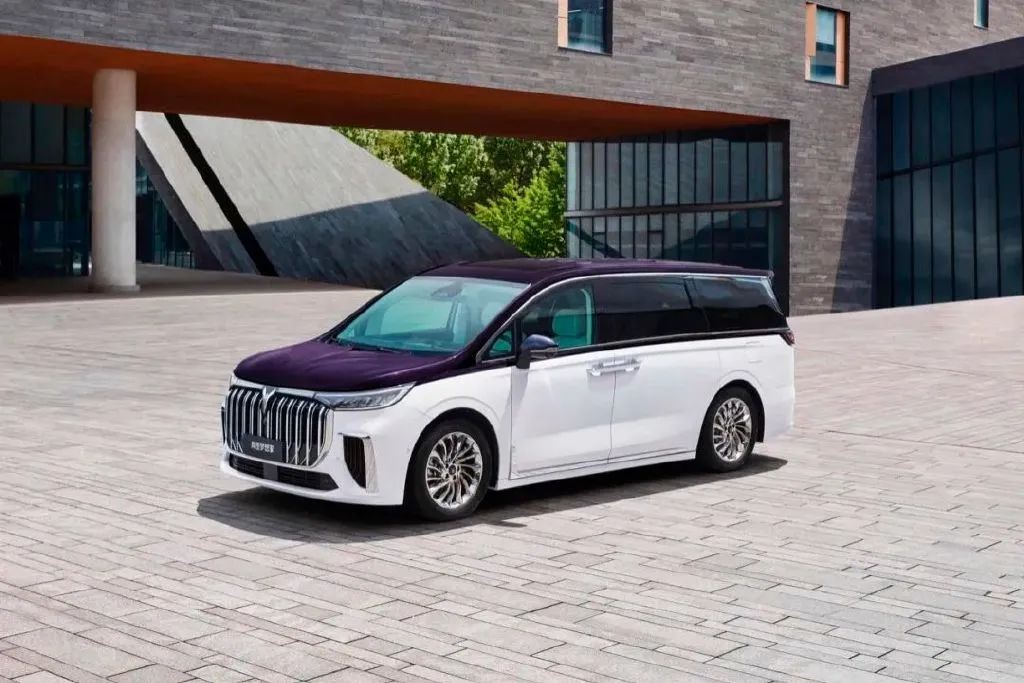Author | Nie Yiyao
“Wang Xinling’s Boy” is on fire, even more so than Wang Xinling herself.
Someone online asked: “Why did so many boys born in the 80s and 90s appear after the song ‘Love You’ came out?”
The highly praised answer is: “Because it brings back their memories of youth. They don’t like Wang Xinling, they miss the girl who sang Wang Xinling’s song and whom they had a crush on.”
See, it’s all about emotion. Who says emotion is fleeting? Emotion always brings back waves of nostalgia.
One month before “Sisters Who Make Waves 3” was released, “Sounds of Life · Hong Kong Music Season”, was also a hit because of emotion.
This music and variety show, jointly produced by Mango TV and TVB, was well made for the 25th anniversary of Hong Kong’s return to China. In addition, many musical icons from Hong Kong and the Mainland, such as Lam Kam-chung, Paula Tsui, Hacken Lee, CoCo Lee, Li Jian, Zhou Bichang, Mao Buyi, and Zeng Ke etc., passionately performed and brought back classic Hong Kong music that used to be heard on the streets.
However, when the stage frequently used the “emotion” weapon, the audience began to demand something new and avant-garde in addition to nostalgia, because times not only call for nostalgia, but also for rebellion and courage.
See, emotion needs new fusion, and classics need new support.
Just like the official designated car of “Sounds of Life” – the Landtourer Dreamer, a new species that says goodbye to the traditional fuel era and shapes a new benchmark for electric-powered, intelligent, and high-end MPVs. With the popularity of “Sounds of Life · Hong Kong Music Season”, viewers also saw their demands reflected in this car.
A new species that does not adhere to convention
MPV was the first car category in the 1980s in the United States. Americans created the initial prototype of the MPV, while Europeans defined its concept: MPV (Multi-Purpose Vehicle), a multi-purpose vehicle.
MPVs were popular in Europe and America from the moment they appeared because they not only had larger space than sedans and could accommodate 5-7 seats, but also provided a more comfortable ride than trucks, while appearing more high-end than trucks. They were perfect for multi-child households and commercial use.
In the 1990s, MPVs entered the Chinese market. Over the past 30 years, MPVs in the Chinese market have experienced several typical periods of development.
Before 2000, imported and CKD MPVs of European, American, and Japanese brands took the Chinese market by storm. Prior to this, the main car type on the roads of China was the “minivan”. Whether it was used by the police, post office, public transportation, or individuals, they all drove “minivans”. After MPVs entered the Chinese market, they were quickly welcomed by officials and businessmen, and established their own category.
After 2000, with the liberalization of private cars in China, joint venture brands rushed in to accelerate the layout of the MPV market. At that time, MPVs were still predominantly commercial, and market demand showed a stable growth trend.
The golden age of MPVs began in 2010. At that time, China’s economy continued to develop at a high speed, and the demand for commercial vehicles from government and business groups, as well as the demand for MPVs from private business owners and families, were greatly released. The active market economy facilitated the demand for low-end MPVs such as “minivans”. At the same time, sales of high-end commercial and home MPVs also surged.
From 2010 to 2014, China’s MPV market experienced a period of rapid development. Sales of high, medium, and low-end MPVs all increased rapidly and climbed year by year. By 2014, MPV sales reached their peak. According to the data from the China Passenger Car Association, in 2014, MPV cumulative sales reached 1.8558 million units, a year-on-year increase of 41.6%, accounting for 10% of narrow passenger car sales.
Starting from 2015, the popularity of MPVs began to decline. After SUVs took away the MPV market share in a flash, the MPV market entered a fierce elimination and upgrade race.
To be honest, MPV competition since 2015 has been intense. However, such intense competition has been limited to traditional and monotonous comparisons.
Everyone wants to demonstrate their own high-end in the consumption upgrading of MPVs, but the direction and content of this demonstration are basically limited to traditional and unchanged fuel-powered engines, obvious luxurious interiors, and constantly usable ambience. Brands are caught in a treadmill of no breakthroughs and creativity, while consumers are confined by the fences built by the brands.
Until the arrival of the LandTourer Dreammaker, a bold and daring newcomer that dares to say “Bye-Bye, classical MPV” and boldly proclaims itself as a “new species”.In creating multi-mode drive, redefining luxury, prioritizing safety, providing comfortable space, and delivering intelligent technology experiences… in every aspect, Voyah Dreamer has made a subversive challenge and interpretation to tradition.
And this kind of challenge and interpretation is in line with the current trend of rapid development of electrification and intelligence in the automotive industry. The market and consumers are calling for more energy-saving, intelligent, and younger MPVs, bringing more fresh experiences to their car lives.
New Momentum, New Luxury
Unlike traditional gasoline MPVs, Voyah Dreamer has decisively abandoned the power form that cannot represent the future and replaced it with one architecture and two power sources: ESSA architecture and Voyah Sea Power. This is Voyah Dreamer’s absolute trump card as a self-proclaimed “new species”.
ESSA architecture is China’s first completely independent modular architecture for electric vehicles, with strong scalability that can cover models with a wheelbase ranging from 2800mm to 3200mm. ESSA architecture has four major advantages: innate intelligence, ultimate safety, intuitive control, and all-round comfort.
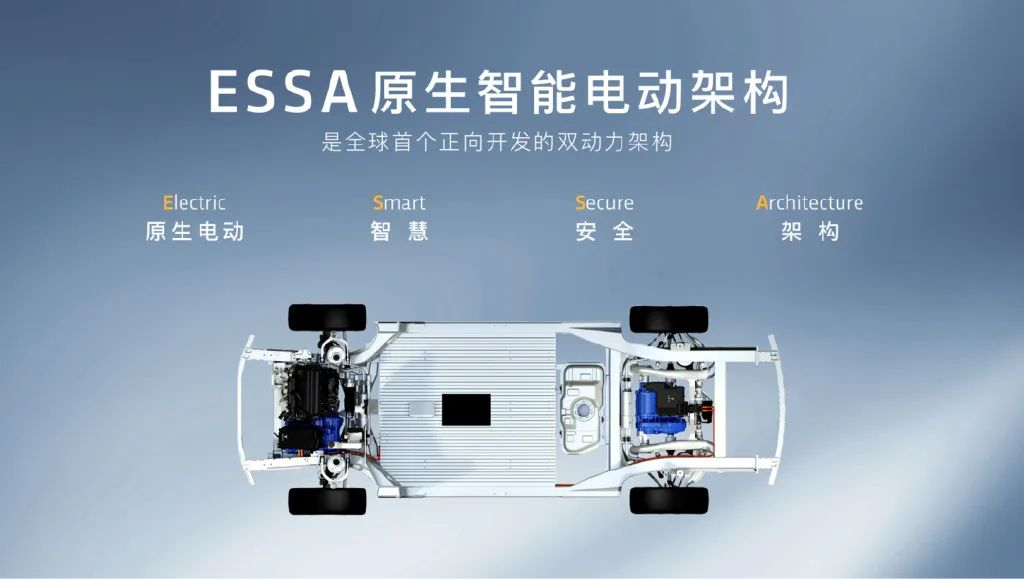
Based on the ESSA architecture, Voyah Dreamer is equipped with a new generation of power system “Voyah Sea Power”. As a dual-power technology platform, Voyah Sea Power can support two power solutions: high-performance pure electric and intelligent multi-mode drive, which are respectively applied to Voyah Dreamer’s zero-carbon and low-carbon models, making it a dual-power intelligent drive “new species”.
And the advantages of Voyah Sea Power, such as super power, high efficiency and energy saving, convenient energy supplement, and ultimate safety, can enable Voyah Dreamer to reach a top speed of 200km/h; the battery supports up to 230 kW power fast charging, can be fully charged from 20% to 80% in 20 minutes and PDD active power-off technology and cloud BMS technology battery doctor make reliable guarantees for battery safety.
Not only does the power subvert tradition, but the luxury of Voyah Dreamer is also constantly seeking new breakthroughs.
In both the 4-seater and 7-seater versions of Voyah Dreamer, the vehicle size has been boldly extended, with a wheelbase of up to 3200mm, providing a spacious interior space that is larger than other MPVs in the same class.
In addition to the spacious and comfortable seating area, there are also plenty of storage spaces. The entire car has 41 storage spaces, and the trunk can accommodate 4 24-inch suitcases.
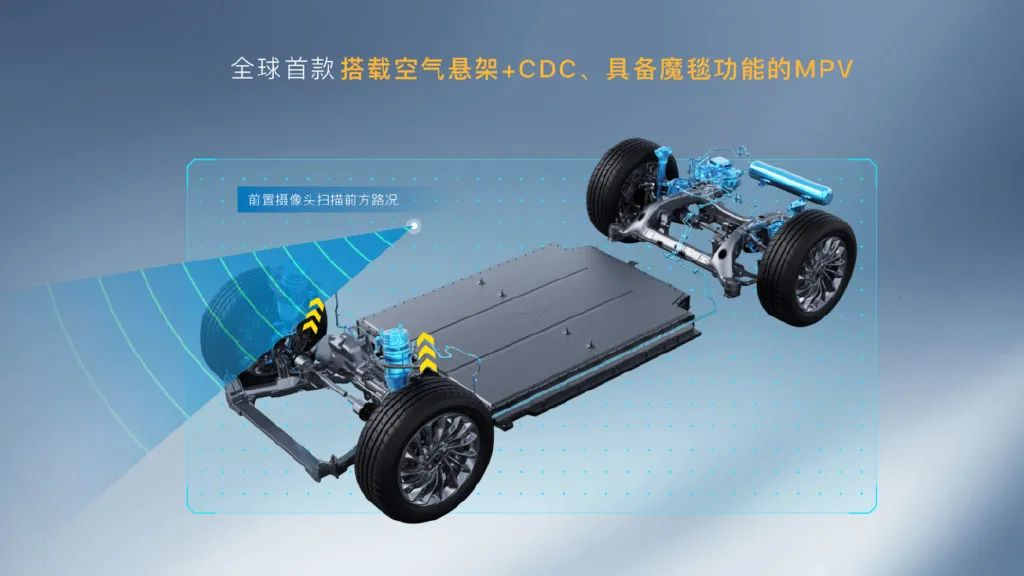
Unlike traditional MPVs, Voyah Dreamer has innovated the seat configuration. The driver’s seat of the front row has an additional welcome function, and the front passenger seat has a boss key; the second-row super long slide track and the third-row foldable seats are arranged to meet different travel needs such as loading luggage, parenting, or resting.## Front double wishbone + rear five-link all-aluminum independent suspension, air suspension with magic carpet function and CDC system, all reflect the sincerity of LanTu Dreamy. In this regard, LanTu Dreamy can easily surpass traditional MPVs.
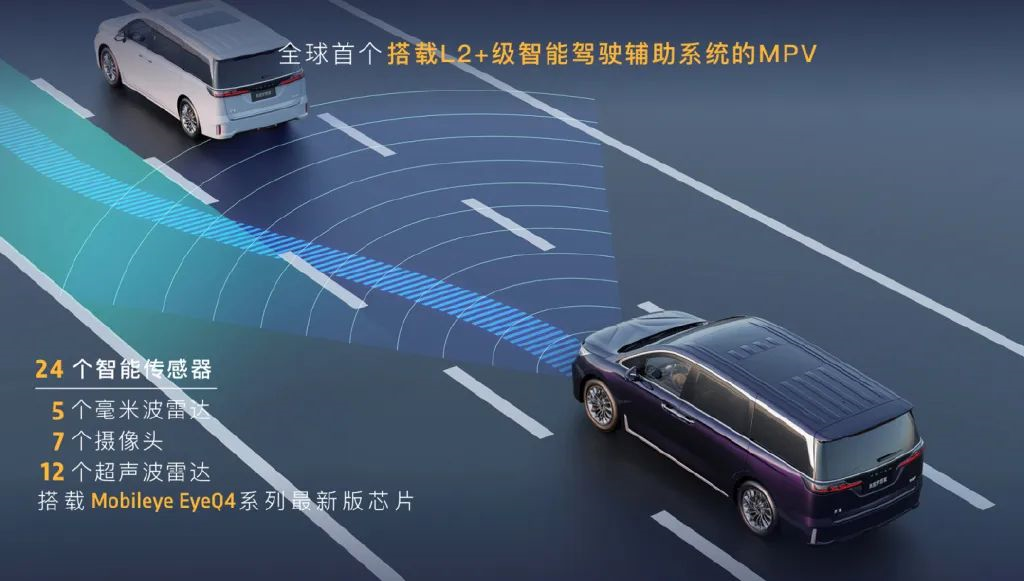
LanTu Dreamy’s innovative luxury is also reflected in its disruptive technology experience for MPV users. LanTu Dreamy has achieved the world’s first 5G car system, the first MPV to be equipped with a Qualcomm 8155 car chip, L2+ intelligent driving assistance system, RPA remote control parking system, and a 1.4M seamless tri-screen. It not only enables quick and smooth interaction with the car, but also covers all aspects of driving life.
In addition to the above details, safety is also a priority for LanTu Dreamy in order to overturn the common belief that traditional MPVs are unsafe.
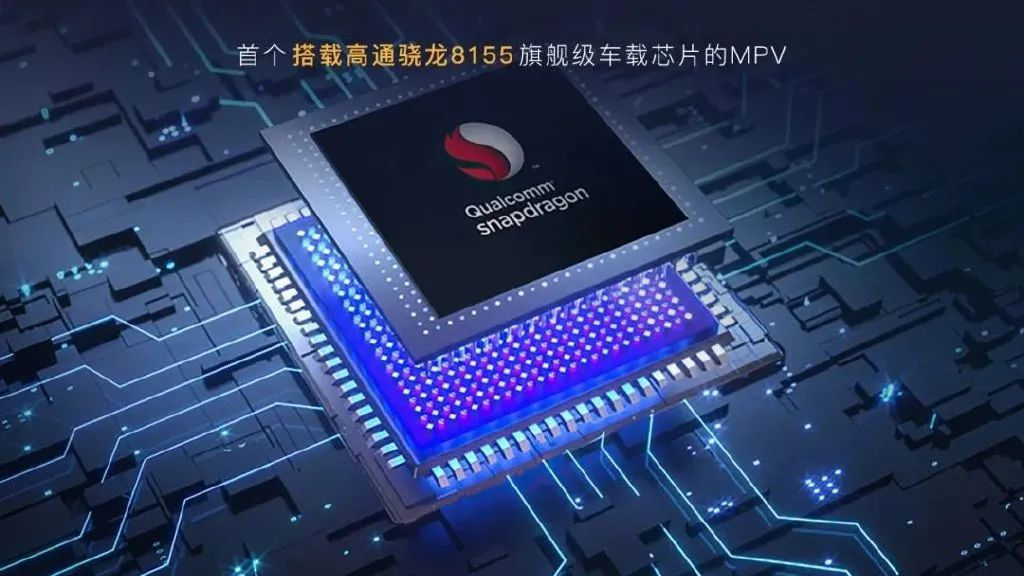
LanTu Dreamy uses a high-strength steel-aluminum hybrid white body and an ultra-high-strength cage-type cockpit frame. The world’s first 2000MPa integrated hot-formed laser-welded door loop and the world’s first cross-through aluminum door sill reinforcement beam (inside the sill) for MPVs ensure the safety of rear passengers in the event of a rear-end collision.
Other safety measures include: six airbags, a battery with a full-scenario battery protection system that can withstand nearly 20 tons of lateral pressure (twice the national standard), NVS intelligent active night vision system, and real-time fatigue monitoring system.
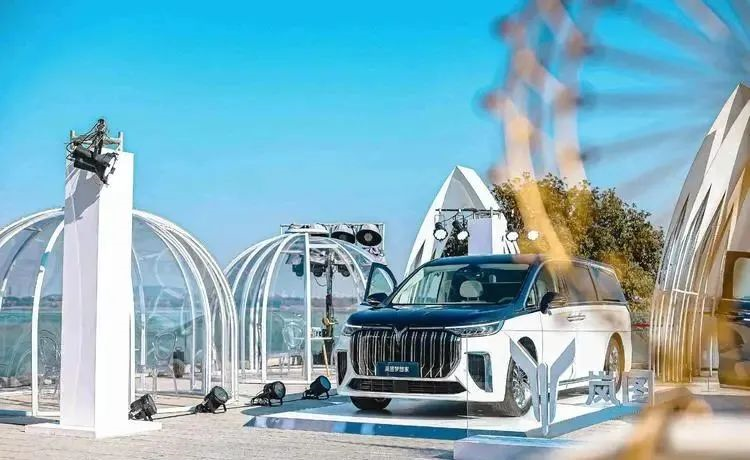
We often think that classics will last forever. In fact, classics need innovation, continuous integration with the needs of the times, and adherence to the development of the times in order to be reborn and continue to thrive in a completely new form.
Things and objects often evoke emotional resonance from generation to generation due to the emotions they have left behind. However, cars still need to move forward to the new era without looking back, just like LanTu Dreamy, the new species of MPV that bids farewell to classic MPVs.
Image
This article is a translation by ChatGPT of a Chinese report from 42HOW. If you have any questions about it, please email bd@42how.com.
